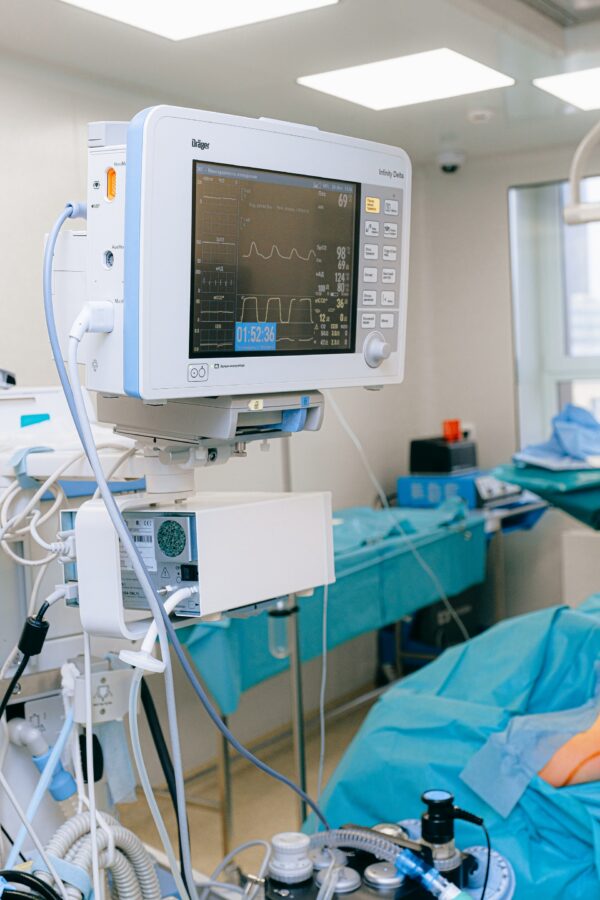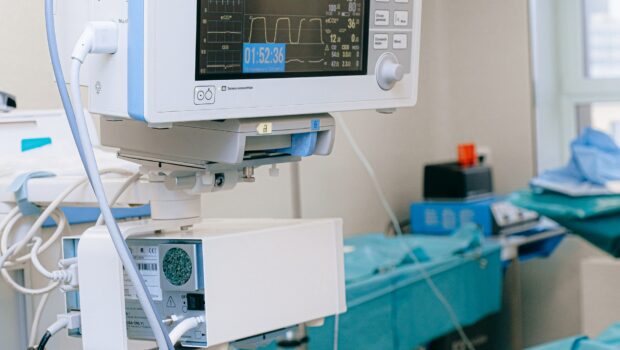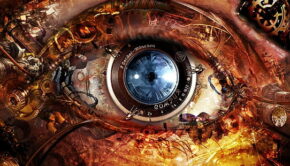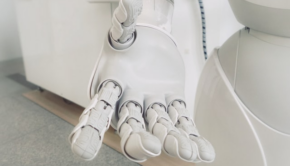Developing the Future Smart Hospital
Automation is driving global technological advancements. Smart devices are aiding workers in various industries, improving energy efficiency and meeting consumer demands. Jeff Bezos, the CEO of Amazon, announced his plans to integrate drone delivery into the business’s transportation system.
As major tech and online market companies adopt automated technology, we may consider the possibility of health care integration. The past year displayed the importance of staff expansion and technological backing. We can improve the efficiency and stability of hospitably by installing smart devices.

Smart Security
Patient and employee safety is a top priority in the medical field. Security-driven engineers developed a smart badge, improving on-site monitoring. The automated device tracks an employee’s physical activity levels, focus and light exposure.
Smart badges track an employee’s behaviors during a shift, ensuring they provide optimal patient care. Similar to an Apple Watch or FitBit, the badge collects real-time data from physical sensors. It then relays the finding to a computer system using WiFi.
Portable destress buttons also rely on the Internet of Things (IoT), sending out a localized alert. Unlike room-dependent sensors, mobile controls rely on the medical professional and allow them to access aid on the go. They increase patient and worker safety.
Smart Thermostat
Hospitals require vast quantities of electricity, powering lights, x-ray machines and heating, ventilation and air conditioning (HVAC) systems. Smart thermostats improve the eco-consciousness of hospitals by limiting carbon emissions, generating green healthcare.
The automated HVAC devices use room-to-room motion detection and weather reading, accessing an energy-efficient temperature. You can control the temperature of each room from a singular computer system. The system also turns off and on depending on the number of patients in a room.
Smart thermostats meet patients’ comfort needs while increasing environmental protection. Using the minimum efficiency reporting value (MERV) rating system, you may test your HVAC system and improve indoor air quality.
Maintaining adequate ventilation is currently recommended by the center for disease control (CDC) as a COVID-19 protection measure. Hospitals can improve air quality, protect patients and shrink their carbon footprint when adopting smart HVAC devices.
Record Management
Smart hospitals may also utilize multisystem record collection. One IoT program connects universal health care data, generating a localized source of compiled information. Health professionals can access a complete patient history using the system, providing optimal solutions for medical issues.
Some hospitals connect records through a MyChart program. The internet program uploads immediate testing results as well as a complete medical history. Patients can access their medical data and results through the system, attaining agency within their health journey.
Smart Monitors and Sensors
Nearly 100 million U.S. citizens have diabetes or prediabetes. The disease was once challenging to manage without adequate monitoring devices. Now, smart technology makes glucose sensing and management more effortless.
Many sensors are wearable technology, connecting to a portion of one’s skin. The monitor collects necessary medical data and relays it to an individual’s smartphone or tablet. From there, one may access the device’s reading and adjust medications or other response measures.
The IoT app can log blood sugar readings, helping individuals access daily patterns. Similarly, hospitals reduce worker stress and maintenance by using patient heart rate monitors. The wearable device also connects to a part of the body, collecting data.
Workers can access the results on the go, rather than traveling to and from a patient’s room. Smart monitors and sensors decrease hospital workers’ dependence on manual readings, improving accuracy.
Automated Medical Procedures
Automated medical procedure devices also increase workers’ accuracy. Rather than performing an endoscopy or colonoscopy, patients can digest a small monitor. The monitor uses IoT, displaying real-time footage of the digestive tract to medical professionals.
Other devices assist surgeons during procedures, displaying internal imaging. With optimal visibility and awareness, surgeons can conduct more accurate work.
Up and Coming
Many hospitals adopted smart technology through the pandemic, meeting all patients’ needs. Automated devices are all around us, there are smart homes on the market, and smart hospitals are the next feasible step. When we integrate IoT into the medical industry, we can improve efficiency and patient care.















